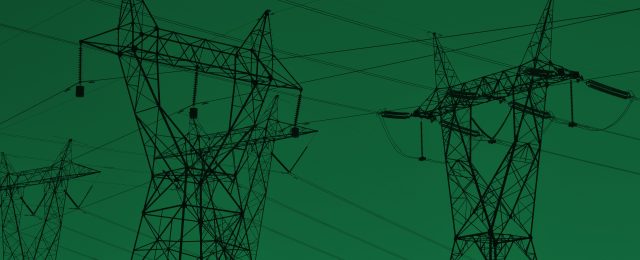This is the highest weighted module of the ACT performance assessment, at 35%. It assesses the company’s past five years’ emissions intensity trend, emissions lock-in to 2035, and next five years’ emissions intensity trend. Companies that perform poorly on this module are generally those with the lowest ACT ratings overall: four of the five poorest performing companies on this module (Egyptian Electricity Holding Company (EEHC), China Huadian Corporation, CHN Energy, and China Datang Corp) are in the bottom five of the overall ranking.
While it is heavily weighted, this module does not tell the whole story of a company’s alignment with a future low-carbon world. Only three of the top ten performers on this module (Ørsted, Xcel Energy, Enel) are in the overall top ten. The other modules, as well as the trend and holistic ‘narrative’ assessments, are key to the overall picture of a company’s preparedness for the low-carbon economy.
Only 13 of the 50 companies have reduced their emissions intensities between 2013 and 2018 at the rate required for their company decarbonisation pathway under the well-below 2-degrees scenario. 11 companies were not aligned at all on this indicator, having higher emissions intensities in 2018 than in 2013.
The locked-in emissions indicator compares projections of companies’ cumulative absolute (total) emissions from 2019 to 2033 to the cumulative budgets allocated by their well-below 2-degree company pathways. These company pathways all converge to the expectation for the sector in 2050. The pathways start from each company’s current (2018) emissions and are weighted by the regional split of the companies’ generating assets.
Most regions will require net-negative emissions by the late-2040s under the well-below 2-degree scenario used in this benchmark, so companies with lower 2018 emissions intensities need to achieve net-negative emissions intensities sooner than higher emitters. This means that it is harder for those with lower current emissions intensities to perform well on this indicator. Nevertheless, that is what they must do to show true low-carbon transition leadership. There is no room in the remaining emissions budget to 2050 for these companies to delay additional decarbonisation efforts.
Two of the lower emissions intensity companies – Ørsted with 131gCO2e/kWh and Dominion Energy with 273gCO2e/kWh in 2018 – are two of the five companies for whom ongoing locked-in emissions remain within the budget up to 2033. Both are removing coal from their mix. Ørsted, the top overall performer, is predicted to remain within budget to 2050, but Dominion Energy, with its ongoing commitment to gas, is predicted to exceed its budget by 2039.
Eskom Holdings, with the highest emissions intensity of the 50 companies at 1kgCO2e/kWh, also remains within its emissions budget up to 2033. However, even with the most generous budget, Eskom’s cumulative emissions will exceed its budget just four years later.
The near-term future emissions intensity trend indicator compares the emissions intensity predicted for 2023 (based on the company’s current and expected future assets) to the 2023 intensity on the company’s well-below 2-degree pathway. This ‘action gap’ is then compared to what the maximum ‘action gap’ would be if the company were to continue with no change in its emissions intensity. The closer the predicted emissions intensity for 2023 is to the well-below 2-degree pathway value for 2023, the better aligned to the required pathway the company will be.
Just four of the companies in the sample are predicted to have fully aligned emissions intensities in 2023. By contrast 14 companies are predicted to show such little improvement in their emissions intensities by 2023 that they are assessed as 0% aligned. This lack of progression towards the future emissions intensities necessary for the sector to keep global warming to well below 2 degrees – for most of the companies in the sample – is very alarming.
